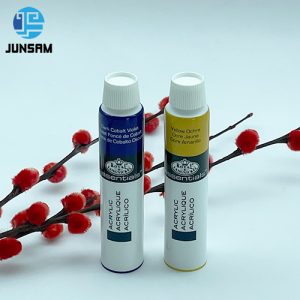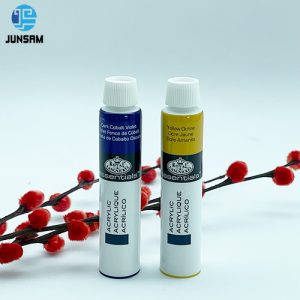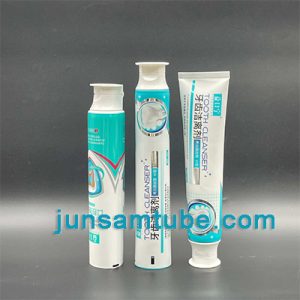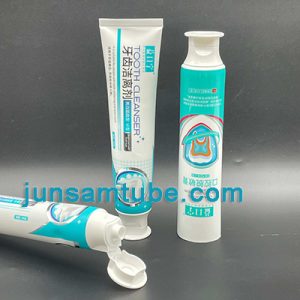Laminated Tubes: A Fusion of Plastic and Aluminum in Toothpaste Packaging
Introduction
In the dynamic world of packaging, constant innovation is key to meeting the evolving needs of consumers and the demands of a sustainable future. One such innovation that has significantly impacted the packaging industry is the advent of laminated tubes, a hybrid of plastic and aluminum. Widely recognized as a packaging solution for toothpaste, laminated tubes offer a range of benefits, combining the durability of plastic with the barrier properties of aluminum.
Composition of Laminated Tubes
Laminated tubes are typically composed of multiple layers, each contributing to the overall functionality and effectiveness of the packaging. The primary layers consist of plastic and aluminum, with additional layers for adhesion and protection. The innermost layer is usually made of a polymer, such as polyethylene or polypropylene, providing a secure and hygienic barrier for the contents. Meanwhile, the outer layer comprises aluminum, contributing to the tube’s strength and acting as a barrier against light, air, and moisture.
Advantages of Laminated Tubes
Barrier Properties: The aluminum layer in laminated tubes acts as an excellent barrier against external elements that can compromise the quality of the enclosed product. This ensures the freshness and efficacy of toothpaste by preventing exposure to air and light, which can lead to the degradation of certain active ingredients.
Durability and Flexibility:
Laminated tubes combine the flexibility of plastic with the strength of aluminum. This not only makes them resistant to cracks and punctures but also allows for easy squeezing, ensuring consumers can dispense the toothpaste with ease while minimizing product waste.
Lightweight:
Compared to traditional metal tubes, laminated tubes are lightweight, making them more eco-friendly in terms of transportation and reducing the carbon footprint associated with shipping.
Versatility in Design:
Laminated tubes offer a versatile canvas for design and branding. Manufacturers can utilize high-quality printing techniques to create visually appealing and informative packaging, enhancing the overall aesthetic appeal of the product.
Recyclability:
The combination of plastic and aluminum in laminated tubes can pose challenges in terms of recycling. However, advancements in technology are addressing these concerns, with initiatives to improve the recyclability of laminated packaging materials.
Sustainability Considerations
While laminated tubes bring about numerous advantages, the sustainability of such packaging is a growing concern. The challenge lies in the separation and recycling of the plastic and aluminum layers. Efforts are being made to develop recyclable laminated tubes or alternative materials that maintain the barrier properties of aluminum while being more environmentally friendly.
Conclusion
Laminated tubes have revolutionized toothpaste packaging, providing a balance between durability, flexibility, and barrier properties. Despite the current challenges related to recyclability, ongoing research and development aim to address these concerns, making laminated tubes an even more sustainable option in the future. As consumer preferences shift towards eco-friendly solutions, the packaging industry continues to evolve, and laminated tubes stand as a testament to the innovative spirit driving progress in this field.





